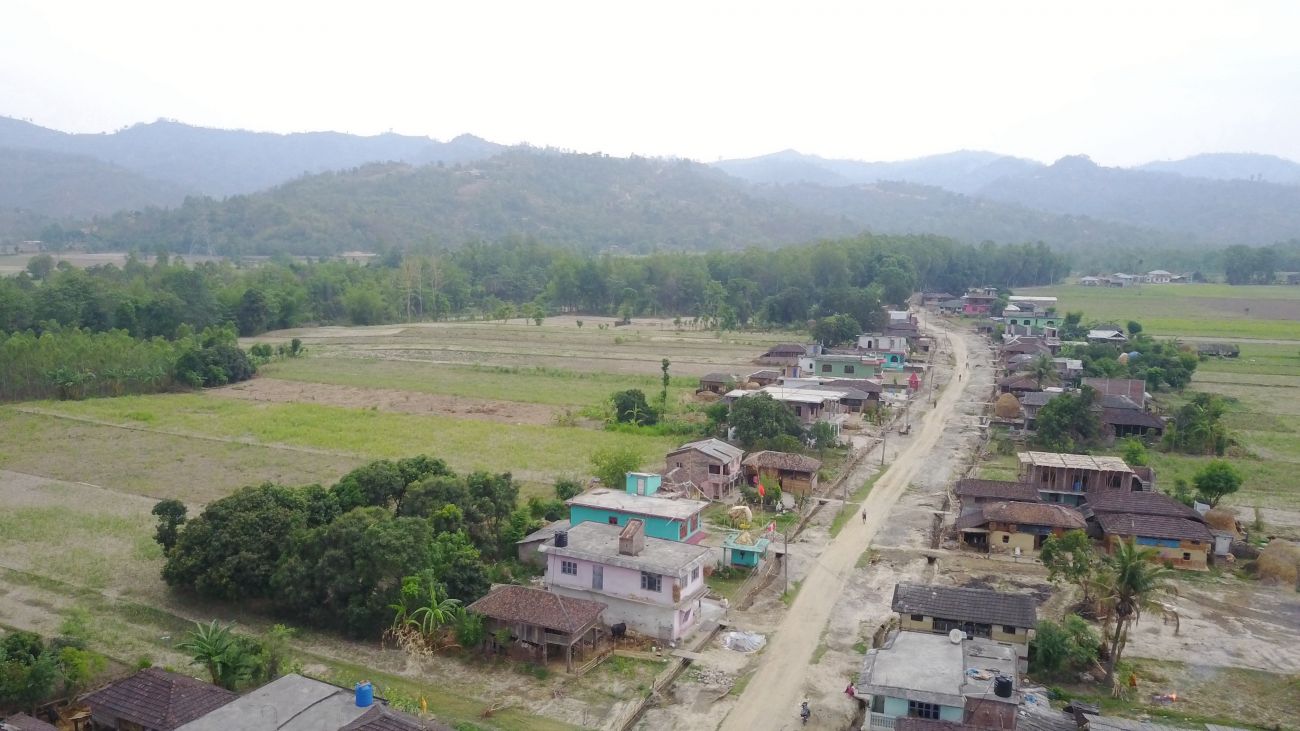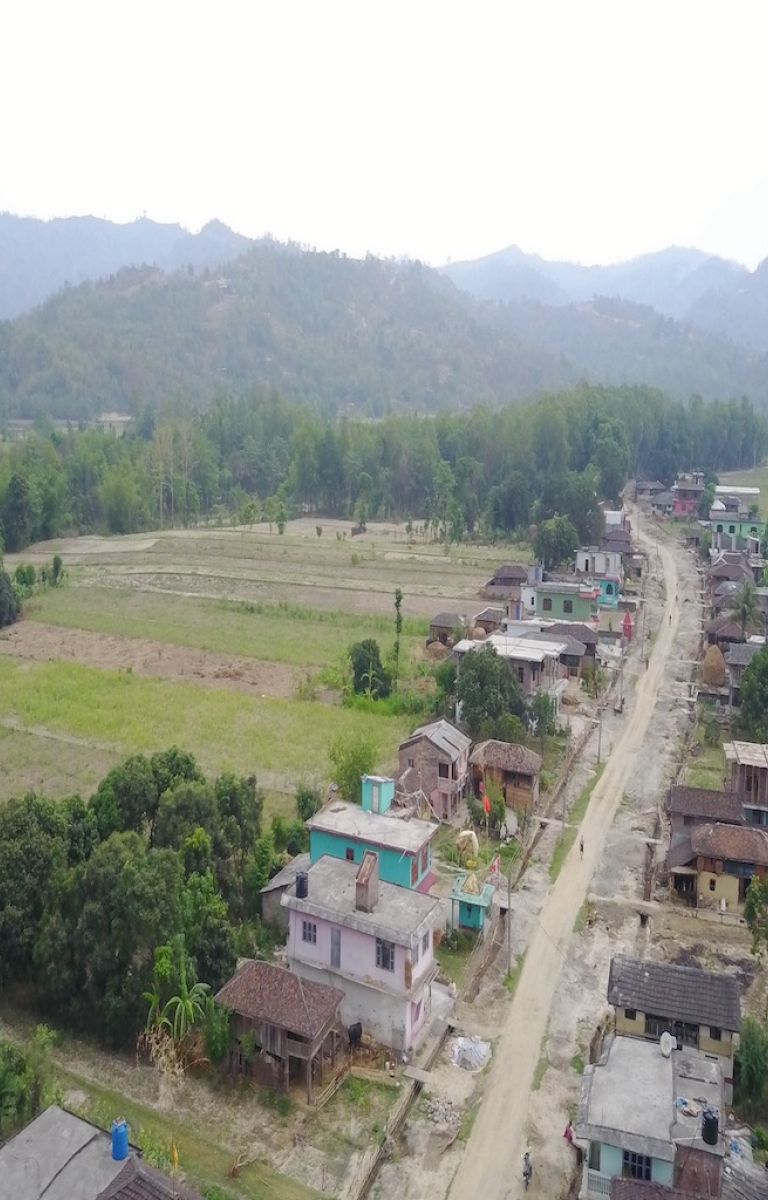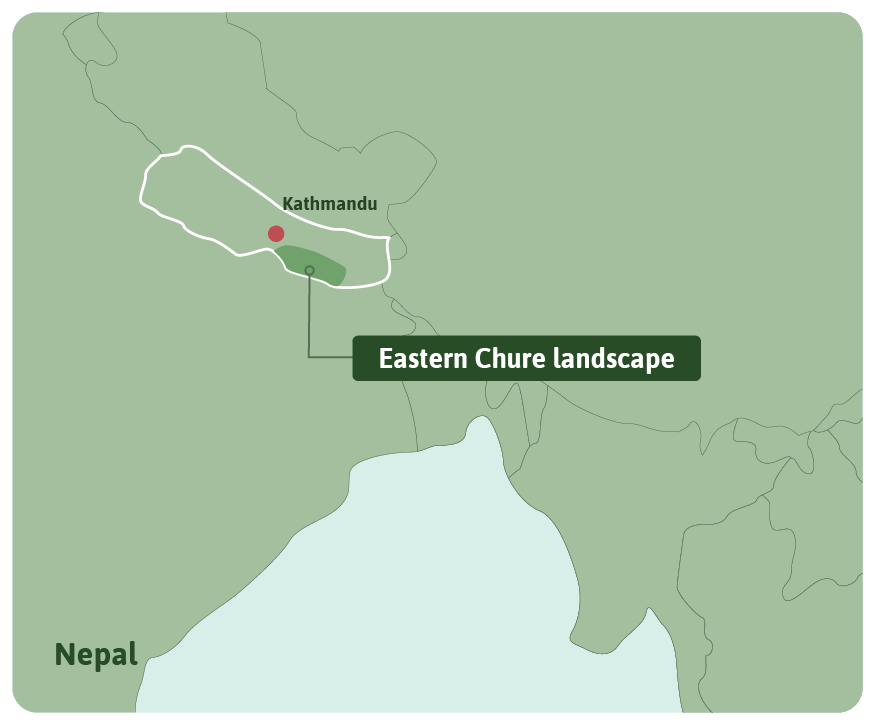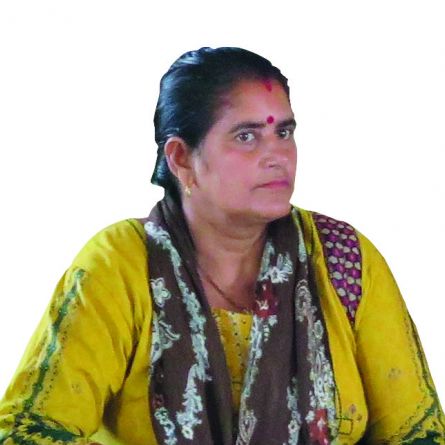

The Eastern Chure Terai Complex has three important ecological regions— mountains, hills and plains. It contains the 175-square-kilometre Koshi Tappu Wildlife Reserve. And it is home to more than 13 percent of Nepal’s people, including some of the country’s most poor and marginalized. This highly diverse landscape was forested until the 1950s when immigration began rising and people cleared the forest to build homes and cultivate food. Today, the landscape and its people are threatened by climate change and deforestation. Floods and droughts are common, threatening livelihoods and creating hardship for the people. Grazing pressure is also high and degrading lands. Wildlife, deprived of habitat, water and food, now come into conflict with people as both compete for limited resources. Nepal’s government has identified the Eastern Chure as a priority for conservation. To protect the Chure landscape, many local organizations have joined forces to form the National Chure Conservation and Rights Forum Nepal. In addition, they are engaged in the government-led President Chure Terai Madhesh Conservation Program. Several local organizations are part of the Chure Conservation Forum.
Eastern Chure by numbers
-
Total area of landscape: 1,065,821 hectares
-
Forest cover: 40.1 percent
-
Population: 4,042,422
-
Poverty rate: 28 percent

Entry points for investment to achieve the SDGs
-
Restoring and conserving the Chure Hills by fostering collaboration for flood control
-
Building capacity for community-led, inclusive and equitable management of forest
-
Enhancing livelihoods and climate change adaptation by upscaling the women-led Trees and Bees initiative
-
Empowering gender equality champions through support for women's leadership
-
Promoting agroforestry and improving public land management
The Eastern Chure Terai Complex landscape in Nepal and the people and biodiversity it shelters are threatened by deforestation and resource extraction leading to natural disasters. Empowered local communities must lead the sustainable development and the protection of the Eastern Chure, and at RECOFTC we have the skills, relationships and experience to support their leadership. For more than a decade, we have worked with local communities and other partners in the Eastern Chure to develop and build an inclusive and equitable model for adapting to climate change through REDD+ and other community- and forest-based initiatives for climate change adaptation. Today, there are tremendous new opportunities to further support communities, government, civil society and the private sector to overcome these threats. We offer five entry points for action that will foster prosperous communities and a thriving landscape by capitalizing on the ambitions of the communities, our experience in the Eastern Chure and the work of many other organizations. Through investments in Eastern Chure we can contribute to achieving the Sustainable Development Goals of the United Nations 2030 Agenda. By 2030, we can lift more than 10,000 people out of poverty, build the capacity of 100 elected women representatives to contribute to governing the landscape, strengthen the capacity of 1,500 people to adapt to climate change and foster sustainable management of 1,000 hectares of forest.
Challenges
Climate
- Dry and rainfall periods are intensifying, resulting in floods and droughts that deplete the groundwater table.
- Illegal logging and shifting cultivation are degrading forests, making deforestation a problem along the border of the Chure Hills as people migrate from the hills and settle on fragile slopes.
- Infrastructure development and extraction of building materials are fragmenting and degrading ecosystems already affected by climate change.
Livelihoods
-
The population density is high, and there are limited employment options because of poor infrastructure, access to markets, low capacity and policy barriers.
-
There is a high rate of landlessness and poverty.
Governance
- Public institutions are not strong enough to maintain good governance of forests.
- Upstream and downstream links are not adequately considered in government restructuring processess.
- There is limited coordination among stakeholders.
Social inclusion
- The literacy rate is 27.2 percent
- Caste untouchability and social and gender inequality limit the access of women, poor people and ethnic groups to participation and opportunities.
- Local people, particularly women and low-income groups, have limited involvement in decisions regarding allocation and management of natural resources.

Partners
Local communities
- The population includes 13 percent ethnic Tamang, Magar, Tharu, as well as the most marginalized minority groups of Mushahar and Dom.
- 1,985 community groups manage half the forested landscape for timber, fuelwood, fodder and water.
Government
- Government agencies manage more than 30 percent of forests and aim to increase the forest sector's contribution to Nepal's Gross Domestic Product from the current 5 to 20 percent.
Private sector
- More than 6,000 small- and medium-sized companies produce agricultural and forest products.
- The Federation of Private Forest Stakeholders promotes private forestry through 52 district chapters across the country.
- The Federation of Forest-based Industry and Trade promotes timber trade and has 77 district chapters.
Civil society
- Several networks such as the Federation of Community Forestry Users Nepal (FECOFUN) and the Association of Collaborative Forest Management (ACOFUN) represent forest-managing groups and advocate for stronger rights and more support for local communities.
Our experience in Eastern Chure Terai Complex and Nepal
Since 2002, we have supported local communities in Nepal to foster healthy, resilient landscapes and built the capacity of local communities to improve their livelihoods and manage forests. Through our work we have become a leading voice in community forestry, recognized and trusted by local communities, the forestry administration, local authorities and civil society. We have:
- Established partnerships with 11 local organizations
- Over two decades, built the capacity of 710 resource persons to manage natural resources, 35 percent of them women
- Brought benefits to about 10,000 people
- Built the capacity of communities for REDD+ and supported climate change adaptation in the Eastern Chure through innovations such as RECOFTC’s Trees and Bees initiative
In 2009, RECOFTC and the Ministry of Forests and Environment signed a Memorandum of Understanding to guide their long-term engagement. Currently, the government-led President Chure Terai Madhesh Conservation Program is upscaling RECOFTC’s Trees and Bees pilot initiative from 97 to 800 households.




